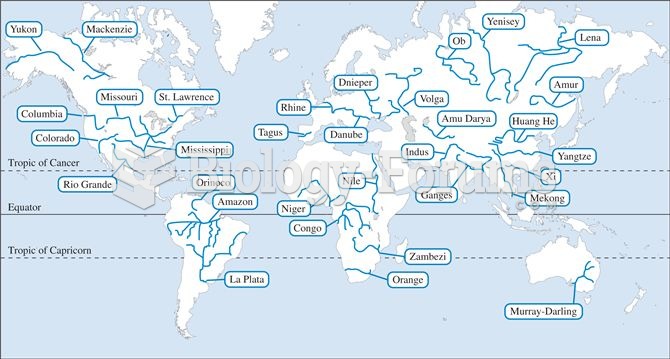Answer to Question 1A multinational enterprise (MNE) is a large company with substantial resources that performs various business activities through a network of subsidiaries and affiliates located in multiple countries. Leading MNEs are listed in the Fortune Global 500 (
www.fortune.com). Examples include well-known companies like Nestl, Sony, Citibank, Unilever, Nokia, Ford, Barclays, DHL, Four Seasons Hotels, and Shell Oil. In recent years, the largest MNEs have been firms in the oil industry (such as Exxon-Mobil and Royal Dutch Shell) and the automotive industry (General Motors and Honda), as well as retailing (Walmart).
Although MNEs employ a range of foreign market entry strategies, they are best known for their foreign direct investment (FDI) activities. They operate in multiple countries, especially in Asia, Europe, and North America, by setting up production plants, marketing subsidiaries, and regional headquarters. MNEs such as Exxon, Honda, and Coca-Cola derive much of their total sales and profits, often more than half, from cross-border operations. In recent years, large MNEs have begun to appear in emerging market countries, such as China, Mexico, and Russia. China currently hosts 95 of the top 500 MNEs, a number that has increased from only 15 countries in the past ten years.
Small and medium-sized enterprises (SMEs) are manufacturers or service providers with fewer than 500 employees (in the European Union and numerous other countries, they are defined as having fewer than 250 employees). SMEs now make up the majority of companies active in international business. Nearly all firms, including large MNEs, started out small. Compared to large multinationals, SMEs can be more flexible and quicker to respond to global business opportunities. They are usually less bureaucratic, more adaptable, and more entrepreneurial, and often sustain entrepreneurship and innovation in national economies.
Answer to Question 2FALSE







